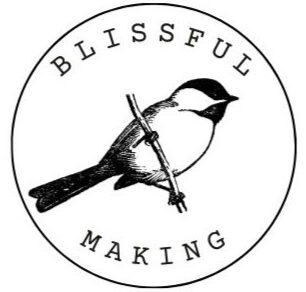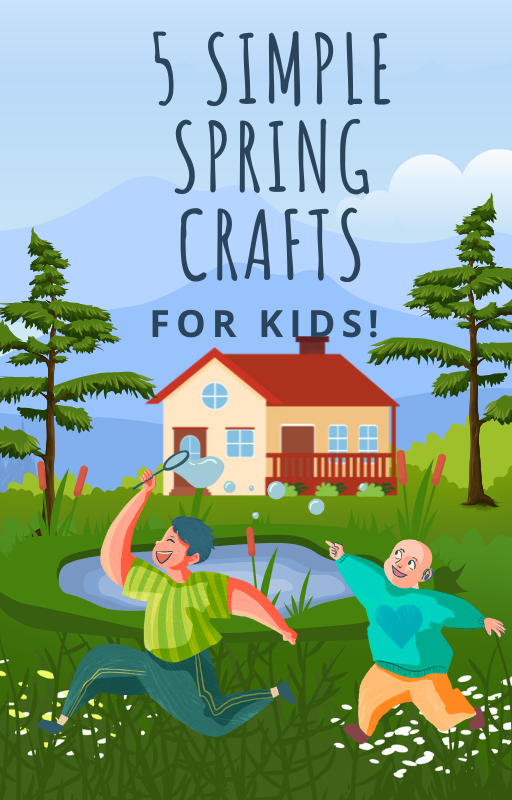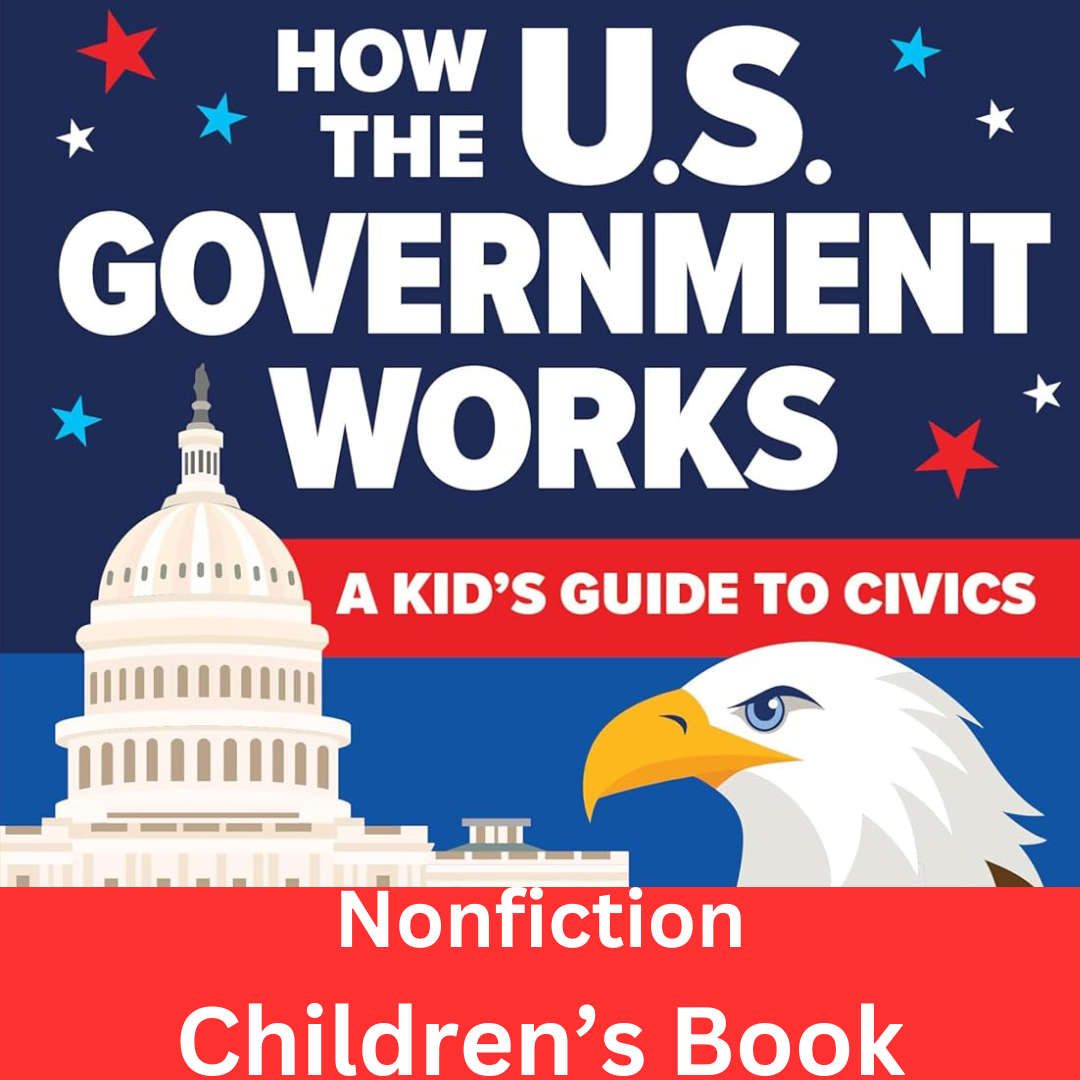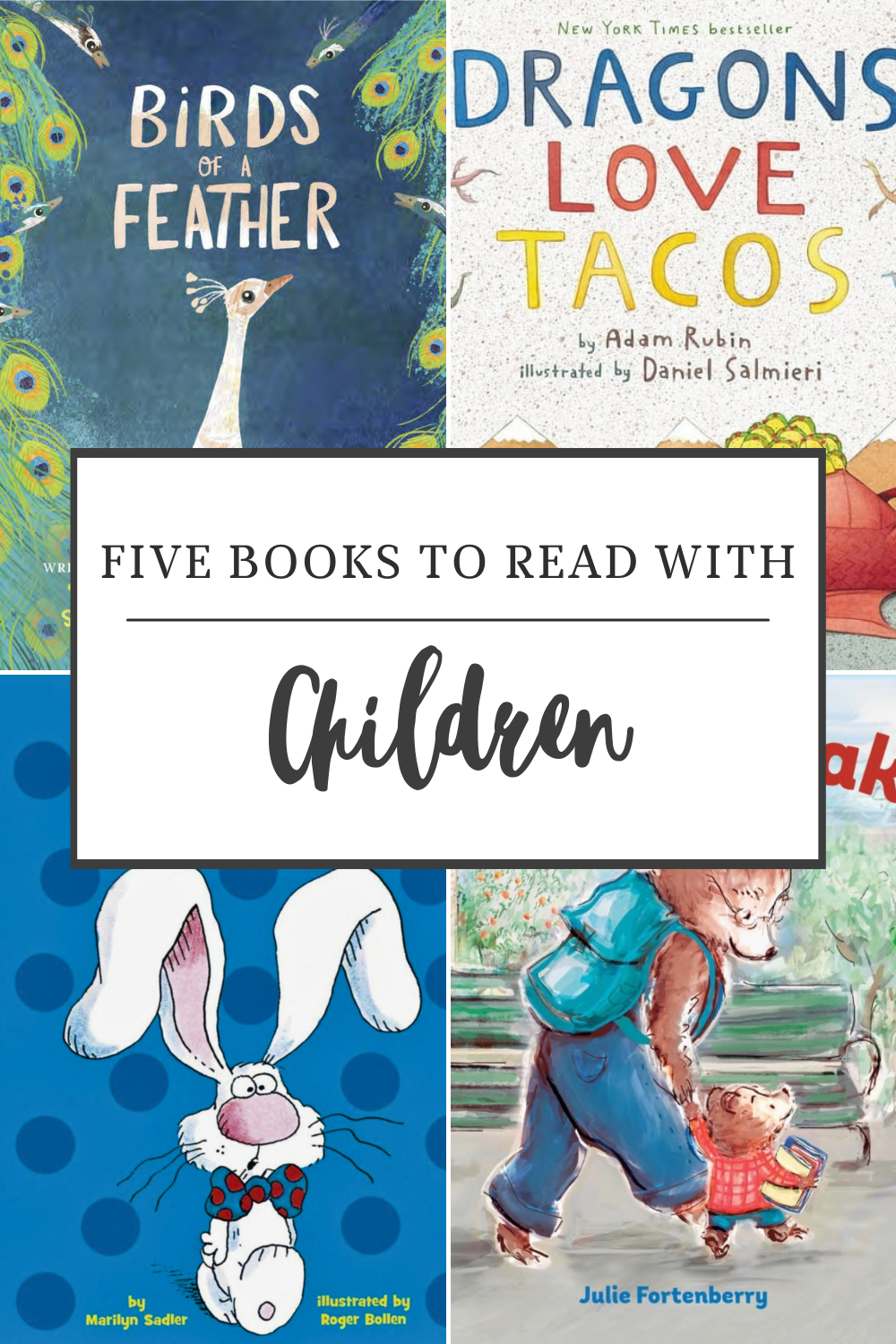DIY Calming Sensory Bottles/Jars
Sensory bottles are one of those magical little crafts that are super easy to make but feel kind of like a parenting secret weapon. They’re beautiful, calming, and totally customizable—which makes them perfect for kids of all ages. Whether your child needs help winding down, focusing, or just something mesmerizing to hold and shake, a sensory bottle can do the trick.
Plus, you don’t need any fancy supplies to get started. Most sensory bottles can be made with items you already have at home, and once you make one, I promise you’ll want to make a dozen more!
What is it?
A sensory bottle (also called a calm-down jar or glitter bottle) is a clear, sealed container filled with materials that engage a child’s senses—mostly sight, sound, and movement. You can fill them with glitter, water beads, oil, food coloring, small toys, or anything that floats, sinks, or swirls.
They’re often used as a tool for emotional regulation, especially for younger kids or neurodivergent children who benefit from visual focus or sensory soothing. But honestly? Even adults find them relaxing to watch.
Why They’re Awesome
There are so many reasons to love sensory bottles. Here are just a few:
- They’re calming and can help kids self-regulate during meltdowns or transitions.
- They’re safe, mess-free alternatives to open-ended sensory bins.
- They can support focus and attention during quiet time, rest time, or homework.
- They’re great tools for teaching cause and effect, observation, and simple science concepts.
- They’re just plain fun to make!
How to Make it
Materials
- A clear plastic bottle (Voss water bottles or dollar store sensory bottles work great)
- Clear glue or glitter glue
- Warm water
- Food coloring (optional)
- Glitter, sequins, or other floating materials
- Super glue or a hot glue gun (to seal the lid)
Instructions
- Fill the bottle halfway with warm water.
- Add a generous squeeze of clear glue or glitter glue. The more glue you add, the slower everything will move inside.
- Add food coloring if you’d like a tinted background.
- Sprinkle in your glitter, sequins, or floating objects.
- Fill the rest of the bottle with water, leaving just a tiny bit of space at the top.
- Seal the lid with super glue or hot glue to make sure it’s spill-proof.
- Give it a good shake and watch the magic happen!
You can experiment with the ratio of glue to water to get the movement just how you want it. More glue = slower swirls.
Customize it!
Once you’ve got the basic recipe down, the fun part begins—customizing! You can create bottles to match seasons, emotions, favorite colors, or even stories you’re reading together. Here are a few ideas:
Ocean Bottle – Blue food coloring, fish beads, seashells, and glitter
Calm Down Bottle – Clear glitter glue, silver and blue glitter, and soft pastel colors
Valentine Bottle – Red and pink sequins, mini hearts, and red glitter
Galaxy Bottle – Purple food coloring, star confetti, and glow-in-the-dark beads
Rainbow Bottle – Layer different colors of glitter for a full-spectrum swirl
Nature Bottle – Tiny sticks, leaves, pebbles, and flower petals (add a bit of glycerin to slow them down)
Let your kids help design the bottles—they’ll love having a say in how their creation looks and feels.
How to Use Sensory Bottles with Kids
Once your sensory bottles are made, there are so many ways to use them throughout the day.
For calming down – Give your child their bottle when they’re upset or overstimulated. Ask them to shake it and watch until all the glitter settles. It gives their body and mind a chance to slow down.
For transitions – Use the bottle as a visual timer (e.g., “When the glitter settles, it’s time to clean up.”).
For quiet time – Sensory bottles are perfect for rest periods, cozy corners, or before nap time.
As a tool for emotional learning – Pair different bottles with different feelings and talk about how they make your child feel.
For play and discovery – Encourage your child to shake, roll, and explore what happens to the contents. It’s like a mini science experiment every time!
Learning Through Play
Yes, sensory bottles are calming—but they’re also packed with learning opportunities. Kids are:
- Practicing observation and focus as they track movement inside the bottle
- Learning about density and buoyancy (why some things float and others sink)
- Engaging in predictable cause and effect (I shake it → the glitter moves)
- Strengthening fine motor skills as they twist, turn, and shake the bottle
- Building emotional awareness and self-regulation in a gentle, approachable way





